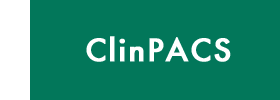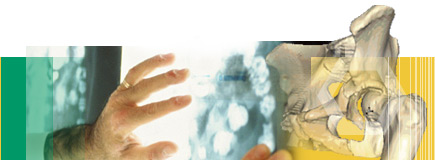 |
||
|
Digital Data Reading (as per RACS DDI Options)
Unless using digitally printed film, software or an application is needed to view diagnostic digital images.
1. Hard-copy film
2. Electronic (Network or portable digital media) distribution - WebPACS (Diagnostic Images viewed over the web) viewing software
- Portable media viewing software
It is recommended that any viewer to be used for diagnostic purposes be consistent with profiles under development by IHE: IHE Basic Image Review (BIR) - Public Comment document and the American Medical Association: AMA Background and Initial Requirements for Simple DICOM Viewer with Universal Icons It is appropriate that the interface has the following denotation: “Suitable for diagnostic purposes if displayed on suitable monitor” (or similar)
Scout image display: Minimum requirement – At least one representative scout image in at least one orthogonal plane, with clearly identifiable landmarks, that relates to a selected image set, is available to display on the same screen as the image set.
Preferred – All image sets are related to all other image sets in orthogonal planes such that the position of one image can be displayed in all other image sets in an orthogonal plane. At least one image set must have a clearly identifiable anatomical landmark. o Where scout images contain multiple lines to represent sections in an orthogonal plane, the density of the lines must not obscure the underlying anatomical detail. o Where scout images contain multiple lines with numeric labels that reference a slice number in an orthogonal plane, the density of the numeric labels lines must be such that the labels remain legible. o The image number on an individual image that corresponds to a scout image line must be clearly indicated and not obscured by other numerical information. o All images must have an associated scout image. o If more than one window is open, there should be an option allowing images obtained in the same plane to be synchronised to the same section position. If images in separate windows are orthogonal then scout image lines should be visible with a simple show scout image line command. (Some have requested mini scouts in the same frame - perhaps this could be a separate icon that can be toggled on/off.)
Ability to display and play DICOM compliant animations – MPG2
Minimum on screen display to include:
Indication of relative radiation dose used – (to be confirmed)
Ability to hide or unhide “on screen” details
Computer Specification: The hardware requirements for the computer will vary with the software system installed, and depends on the manipulation capabilities, and image data caching requirements desired. The video card must be suitable for the display characteristics, however other specifications relate to the particular recommendation of the software supplier. Diagnostic image data should ideally be partitioned, backed up and secured separate from the primary practice management system. |
|||||||||||||||
 |
©
2007 - 2025 clinPACS | disclaimer
| legal notice website design by WorldWeb | credits |